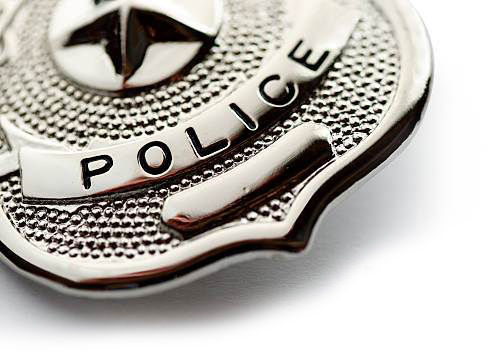When it comes to police reform, the question should be “what keeps communities safe?” not “what works in policing?”
That’s according to James Nolan, a professor and chair for West Virginia University’s Department of Sociology & Anthropology. Nolan spent 13 years in law enforcement working what he calls the policing game, which incentivizes locking people up over building a community and solving root issues.
“I know how it works and the mindset of officers. They want to be good cops and do the right thing. When I talk about police reform I’m misheard; cops aren’t the problem,” Nolan said. “I’m blaming the game of law enforcement as the problem.”
Similar to how aggressive football players aren’t the root cause of injuries in the sport — it’s the nature of the game.
“And that can change,” he said. Morgantown Police Chief Eric Powell said he believes change needs to happen locally. Unlike some countries, the United Sates doesn’t have a national police force — there are thousands of small, medium and large agencies. Each one has its own community dynamics and there is no one solution.
“I think doing this whole notion of these wide sweeping changes and declaratory statements and all these things are just, while they really sound great, what it takes is a commitment, a change within the individual agencies and the profession itself to say, ‘hey this is a more effective way,'” Powell said.
The way the system is set up now, good policing means locking people up — because that’s the tool that officers have, Nolan said. American policing is imported from Europe and has a long history of locking people up.
In the south, police were used to control slaves, while in the north police were used as tools of politicians, Nolan said. About 100 years ago policing separated from politics and transformed to its current professional system.
In the 1960s, police were used against people speaking out against the unjust status quo in the civil rights movement. Then in the ’70s President Richard Nixon implemented the war on drugs — which unintentionally made things worse — and broken windows-policing bringing us to where we are.
“It doesn’t work and we can’t stop ourselves,” Nolan said.
According to his research, in neighborhoods where frustration is high, there is a 98% probability of crime occurring in the previous 12 months, with an equal rate for fear of crime happening.
Contrast that with a neighborhood with high interdependence — or a community — where there is just a 10% chance of crime and 7% fear of it. Neighbors are also overwhelmingly more likely to help each other out.
There needs to be a mindset of building a community, and while that’s a simple idea, it is hard to do for political reasons and the current mindset of officers, Nolan said.
“It’s a whole different mindset when trying to build a community,” Nolan said.
Change also takes buy-in, Powell said.
The Morgantown Police Department is forming a team of officers specialized in dealing with mental health issues, Powell said. It’s also working to find some kind of crisis intervention center, similar to the sobering center that is opening soon — which will give the department an alternative to locking up someone who just needs to sober up overnight.
“But that takes buy-in from mental health professionals, health professionals in general, officers themselves getting training, and being willing to learn and take on new responsibility,” Powell said. “It is a responsibility when you’re asking them to learn something new and sort of go beyond the scope of what’s traditionally expected of training.”
Partnerships with community resources are something the individual departments can do. Powell said historically, the profession hasn’t been the greatest at that. But there are great organizations out there and it’s all about communication and buy-in.
Powell said he hopes to be someone who takes those steps toward changing and creating that buy-in.
Changing the metrics of how that success looks like is a start, according to Nolan. Hence, “what makes a community safe?” Not, “what works in policing?”
“We’re really trying hard to find alternative ways to get to the root of the problem and maybe sort of deal with it in a way,” Powell said. He said the most frustrating thing to a patrol officer is going to a call and thinking you did a good job solving it, only to be called back for the same issue.
“If the problem persists then obviously, we didn’t fix it or least resolve it for the time being,” Powell said. “That should be the goal.”
Police reform is not an insurmountable problem, Nolan said. It’s complicated with all the different institutions involved — prosecutors, judges, police, the entire criminal justice system — but the metrics to do things differently are already established.
It just takes a police department willing to make the change of measuring success not by the number of lockups made, but by the safety of a community.
TWEET @DominionPostWV




